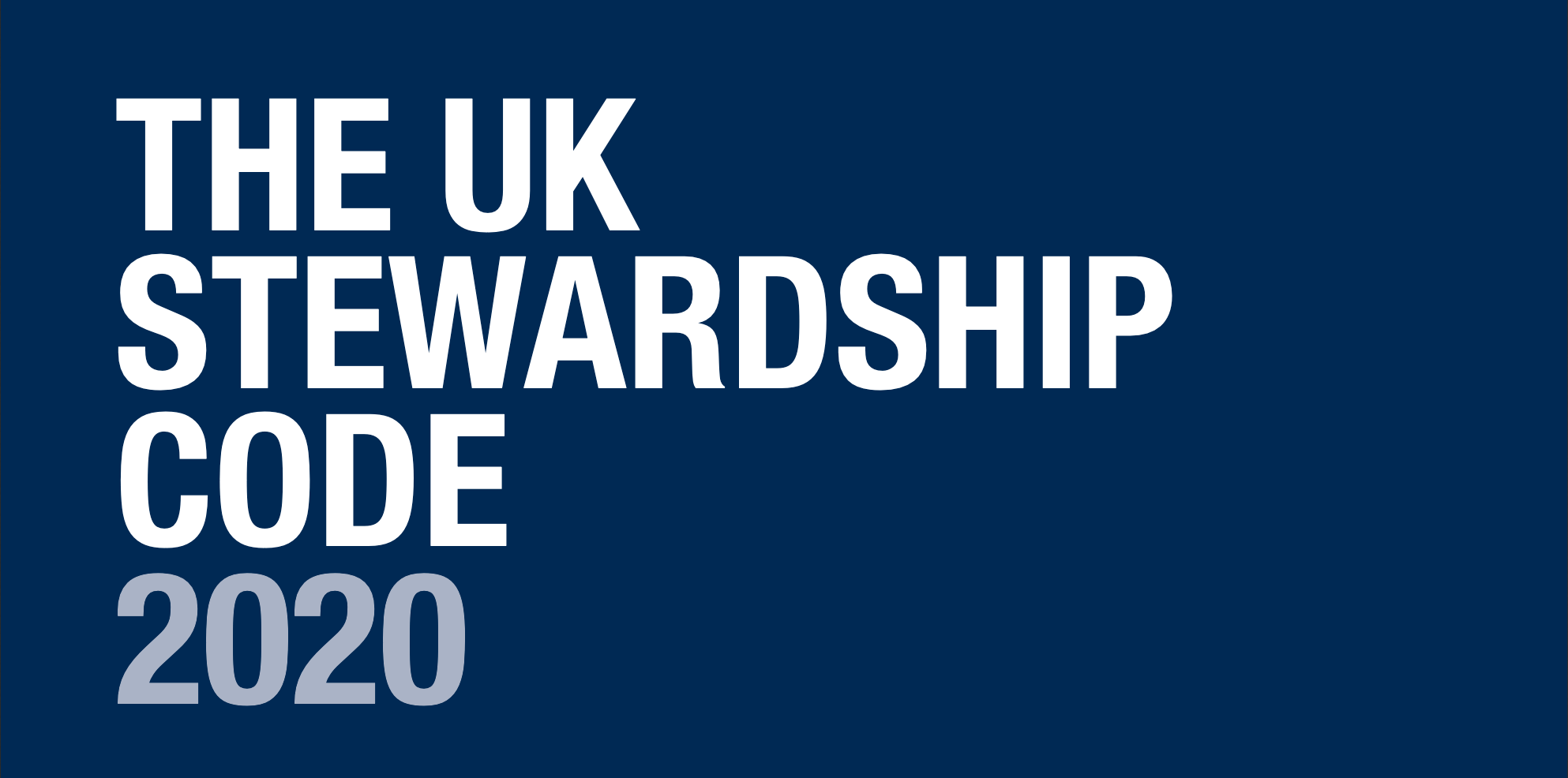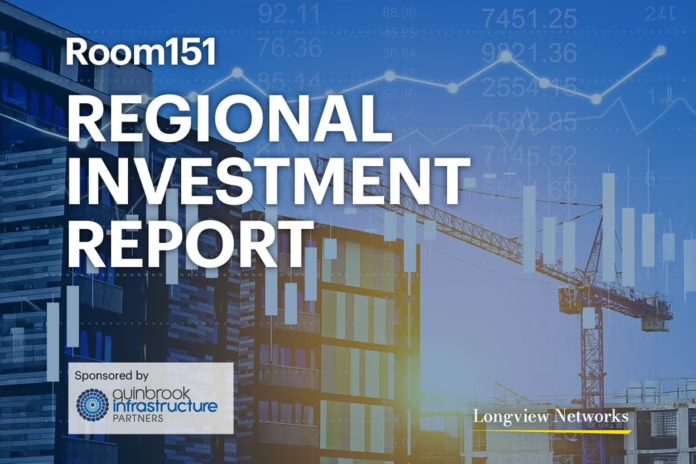
The investment world is coming to terms with a new Stewardship Code that places fresh demands on signatories responsible for managing assets. Caoimhe Bain explores how LGPS funds should respond.
Subscribe for FREE to the LGPS Quarterly Briefing
Responsible investment is an area of growing importance within the pension world and we have seen many recent regulatory developments serving to provide much needed guidance to investors. Perhaps one of the most significant of those over 2019 was the Financial Reporting Council’s revision to the UK Stewardship Code, which came into effect on 1 January 2020.
The revised code seeks to raise standards for asset owners and managers. This is a welcome change from the FRC and possibly even somewhat overdue.
The new code comprises a set of 12 “apply and explain” principles for asset managers and asset owners, and six principles for service providers, including investment consultants.
Key changes appearing in the revised code include:
- An extended focus that includes asset owners, such as pension funds, and service providers, including investment consultants, as well as asset managers;
- Annual reporting on stewardship activity and outcomes. Signatories’ reports will now demonstrate a greater level of transparency allowing clients to see how their interests are being served;
- Taking ESG factors, including climate change, into account and to ensure their investment decisions are aligned with the needs of their clients;
- Explaining how stewardship has been exercised across asset classes beyond listed equity such as fixed income, private equity and infrastructure, and in investments outside the UK;
- Explaining the organisation’s purpose, investment beliefs, strategy and culture and how these enable them to practice stewardship;
- An expectation for signatories to work in a collaborative fashion with regulators and industry bodies to identify and respond to the risk of market and systemic failure;
- Signatories are expected to explain how they escalate stewardship activities where necessary.
What does this mean in practice? Investors’ responsible investment needs have changed materially over the past eight years since the first code was issued in 2012. The revision of the code is in keeping with the general direction of travel of other regulatory developments over the last couple of years where the desire has been to raise standards within responsible investment.
…the revised code has raised the bar for signatories, placing a greater emphasis on the importance of active and transparent stewardship of assets.
Caoimhe Bain
Signatories will be held more accountable in being active stewards of assets and we believe this will give a greater level of meaning to becoming and maintain signatory status.
Ultimately, beneficiaries of signatories should be in a position whereby they fully understand the stewardship approach being taken on their behalf by asset managers or fund committees.
As it stands, there is still a considerable amount of industry confusion as to what constitutes “good”. We can expect the increased disclosure requirements to create consistency in reporting on stewardship activity, which should make it easier to compare capabilities across signatories.
Investing responsibly is not always clear cut for investors and the code’s extended focus to include asset owners, service providers and asset managers brings the industry into greater alignment, meaning the path to becoming an effective and active steward of assets should be clearer as a result.
Responsible investment should filter from the top of an organisation down to be effective. Hence, the requirement to consider the link between a signatory’s purpose, beliefs, strategy and culture and stewardship activities carried out is a positive and should bring greater drive to engagement. It could also assist in setting engagement objectives and monitoring progress towards desired outcomes.
The code now draws on collaborative engagement which is something that LGPS funds are often well-placed to carry out. Collaborative engagements, when carried out well, can often lead to more successful outcomes due to efficiencies within the engagement process and a stronger level of influence.
… funds should be clear on the additional requirements for signatories as a result of the strengthening of the code.
Caoimhe Bain
The additional requirement to clarify how escalation measures are taken suggests that in future we can expect to see fewer unsuccessful engagements with greater measures being taken to achieve success.
Current guidance for LGPS funds suggests they should become signatories to the Stewardship Code. However, funds should be clear on the additional requirements for signatories as a result of the strengthening of the code.
While there is currently no compulsion to act, funds may want to use the framework of the new code in conjunction with forthcoming Scheme Advisory Board (SAB) guidance as a basis for reviewing and updating their responsible investment policies.
Those who are signatories to the previous code and looking to remain a signatory of the revised code will have to prepare a stewardship report by March 2021 demonstrating compliance with the revised, tougher standards.
In summary, the revised code has raised the bar for signatories, placing a greater emphasis on the importance of active and transparent stewardship of assets. We see this as a positive step which will benefit investors and asset owners alike.
Caoimhe Bain is an Associate Investment Consultant and a member of Hymans Robertson’s Responsible Investment team.













